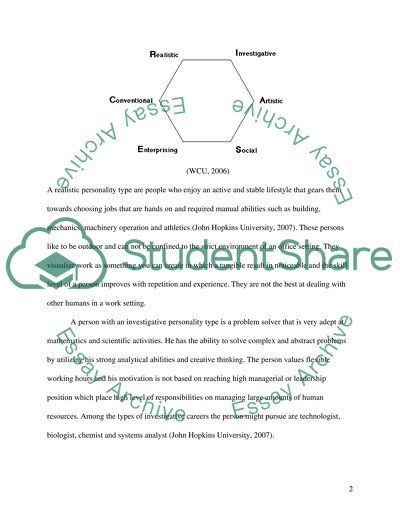Cite this document
(John Holland's Theory of Vocational Choice Essay Example | Topics and Well Written Essays - 1250 words, n.d.)
John Holland's Theory of Vocational Choice Essay Example | Topics and Well Written Essays - 1250 words. https://studentshare.org/psychology/1541684-john-hollands-theory
John Holland's Theory of Vocational Choice Essay Example | Topics and Well Written Essays - 1250 words. https://studentshare.org/psychology/1541684-john-hollands-theory
(John Holland'S Theory of Vocational Choice Essay Example | Topics and Well Written Essays - 1250 Words)
John Holland'S Theory of Vocational Choice Essay Example | Topics and Well Written Essays - 1250 Words. https://studentshare.org/psychology/1541684-john-hollands-theory.
John Holland'S Theory of Vocational Choice Essay Example | Topics and Well Written Essays - 1250 Words. https://studentshare.org/psychology/1541684-john-hollands-theory.
“John Holland'S Theory of Vocational Choice Essay Example | Topics and Well Written Essays - 1250 Words”. https://studentshare.org/psychology/1541684-john-hollands-theory.


